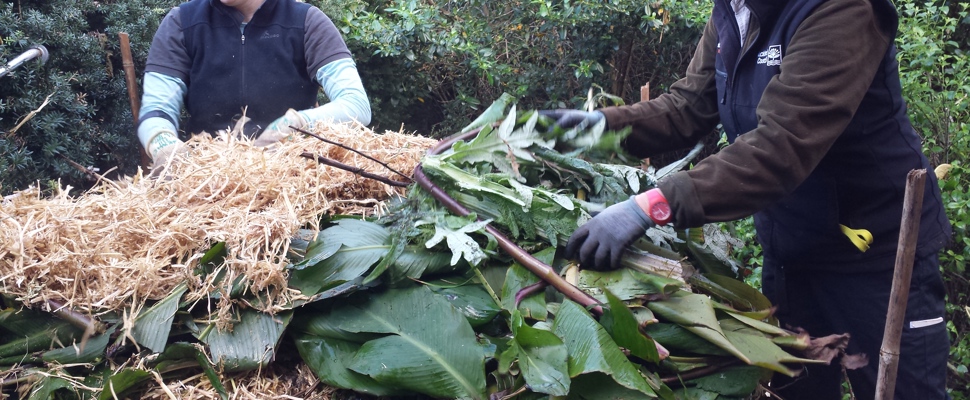
Create your own compost
Making compost is a productive method of converting your vegetable and garden waste into something useful. It also cuts down on your amount of household rubbish going to landfill. Compost is decomposed organic matter which conditions and nourishes soil by returning nutrients, helps with moisture retention and encourages an abundance of life in the soil, including worm activity. The result is healthy plants that perform well.
The science: Composting occurs when organic materials such as foliage and woody materials combine with water and oxygen. The decomposition process results from the activities of a complex microbial community which includes bacteria, fungi, yeasts, algae, protozoa and enzymes.
Ingredients
Generally, a healthy compost has a good balance of nitrogen-rich green material such as grass clippings and carbon-rich brown material such as wood chips and cardboard. It is advisable to avoid meat products and dog droppings. When working with compost, it is essential to keep cuts covered, wear gloves, wear a dust mask if the compost is dusty, and wash your hands when done.
| Greens |
|
| Browns |
|
|
Other good stuff from the home |
|